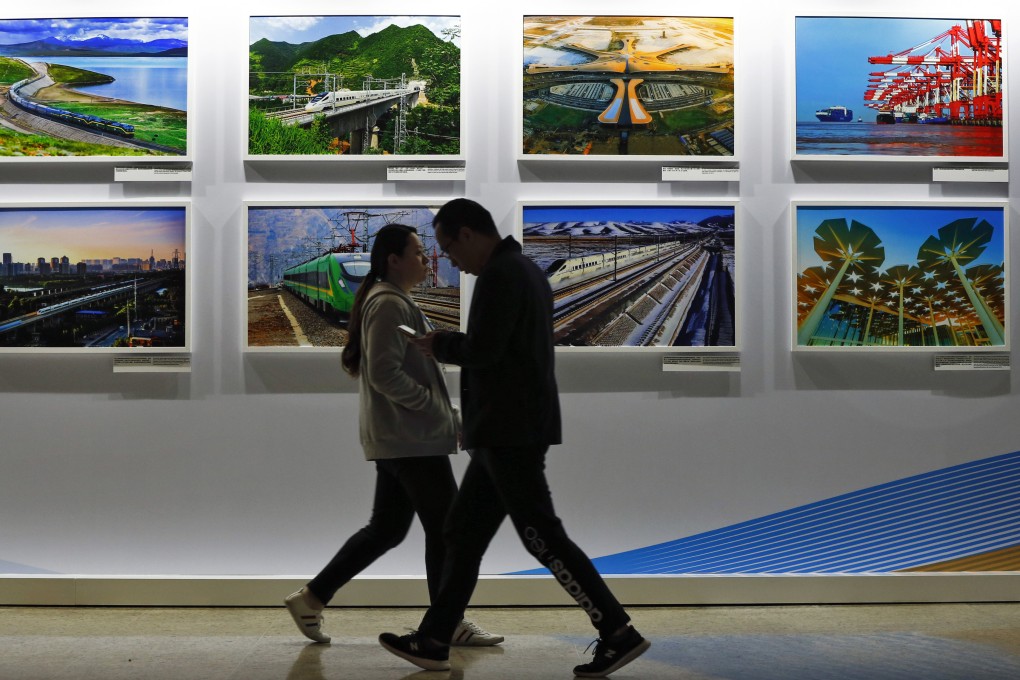China finds small is beautiful for African projects under belt and road
- High-quality ‘small and beautiful’ overseas projects backed by President Xi Jinping at belt and road symposium
- Shift comes as Chinese policy banks balk at African debt distress and Beijing aims for private entities to take a bigger role

In the small town of Kenge in the Democratic Republic of Congo, about 269km from the capital Kinshasa, a group of Chinese entrepreneurs is set to build a mini hydropower plant, and the power lines to go with it.
Addressing the third belt and road symposium in November, Chinese President Xi Jinping said high-quality “small and beautiful” projects, which are sustainable and improve people’s livelihoods, should be a priority in overseas cooperation.
China’s central bank has since issued new regulations capping external lending by the country’s banks.
“Private businesses are profit-driven, so we should expect them to seek small and low-risk projects,” said Neema, also the francophone editor at The China Global South Project.
“Without the backing of the big policy banks, private businesses don’t have all the necessary tools to navigate complex and unstable environments like in Africa. So, aiming for low-risk projects is the logical choice.”
